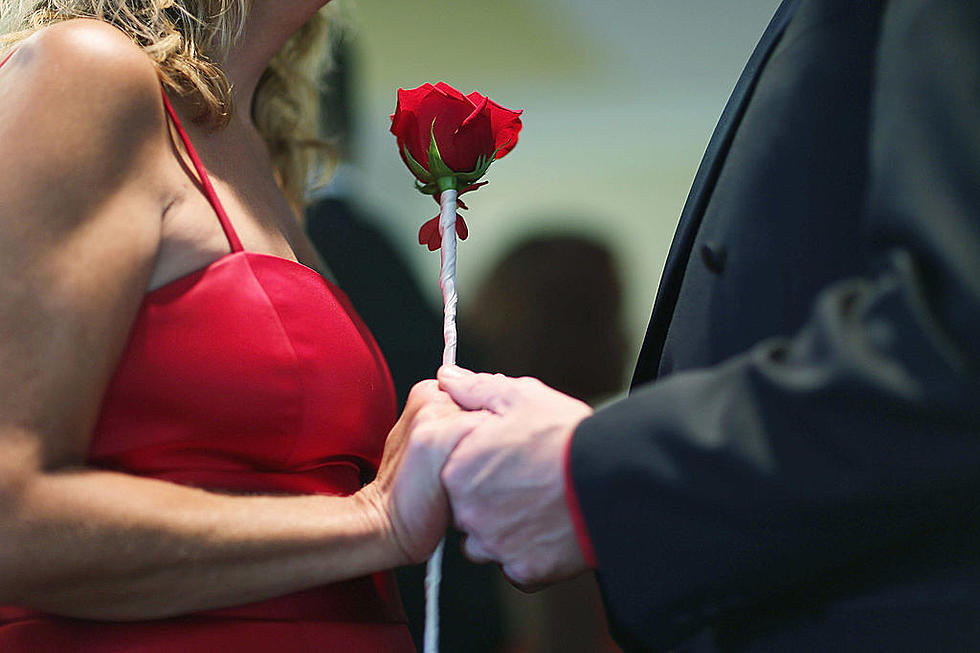
St. Cloud Normal School Opens on This Date in Central Minnesota History
ST. CLOUD - September 13th, 1869 – St. Cloud Normal School (predecessor of St. Cloud State University) opens.
The Third State Normal School (preceded by schools in Winona and Mankato) opened on this day, September 13th, 1869. The first building that the College inhabited was Stearns House, a resort-hotel overlooking the Mississippi River, which was remodeled to make room for classrooms and assembly halls. Ira Moore, a Civil War veteran from Illinois, served as the first principal of the School that started with a modest enrollment of 40 women and 10 men. The Third State Normal School graduated its first class on June 30th, 1871.
The 1870s were hard on the school as it was met with political and financial challenges that prevented expansion. Things changed, however, when Miss Isabel Lawrence came to the school in 1879. She was an excellent instructor who received accolades from many, but most notably from the French Minister of Education. Because of the great work she did at the school, and the impact she had on its future, a dormitory was named after her.
During the last 2 decades of the 1800s, the Normal School experienced its first period of rapid growth. Catalogues, pamphlets, and circulars were published in a very successful effort to increase enrollment. More equipment was purchased to aid the student’s learning. Microscopes, charts, plaster casts, and an anatomically correct manikin from Paris became part of the school’s collection. The expansion of programs helped the school position itself to become a foremost school on the frontier of the Midwest.
The school continued to do well in the 1900s, growing in size and enrollment as Central Minnesota grew around it. In 1921, then-president of the school Joseph Brown changed the name to St. Cloud Teacher’s College, bringing the school one step closer to its current title.
In the 1930s the college acquired the Beaver Islands and some adjoining parcels for future expansion, as well as the land on which Selke Field was constructed in 1937. It seemed as though the college was set to be one of the largest colleges in the area. But when the U.S. joined World War II, most young men either enlisted or were drafted, and young women were needed to support the war effort on the home front. This caused enrollment to drop at one point to barely 200 women and just 13 men.
After WWII, the Teacher’s College rebounded like much of the country, experienced another time of expansion. More buildings were added to the college’s holdings, and enrollment jumped 12.5 percent in one year. In 1957, Minnesota Governor signed a law that dropped the “teacher’s” from the college’s title, changing the name to St. Cloud State College. The 1960s, 1970s and 1980s saw more growth and numerous building projects. From Halenbeck Hall in 1965 to the many housing units that were built in the late 80s, the college was expanding at a rate it could barely keep up with. The most notable event of this time frame occurred in 1975, when the name was officially changed to St. Cloud State University.
Since 2000, SCSU has continued its climb to the top of academics, sports, and college life by opening several new facilities and improving those it already owned. For example, The 9.7 million dollar multipurpose stadium complex was the most ambitious athletics project since 1989, giving SCSU a football and soccer venue which would be useable year round. And Lawrence Hall (the oldest building on campus, named after Miss Isabel Lawrence of 1879) received a major renovation in 2003. St. Cloud State University is now the largest school in the Minnesota State College and Universities system and the second-largest university in Minnesota.
Thanks to Sarah Warmka and the Stearns History Museum for their help with our series, ‘This Date In Central Minnesota History” on WJON.
More From AM 1240 WJON









